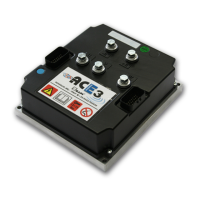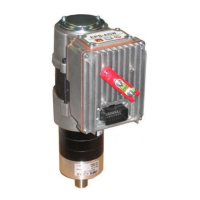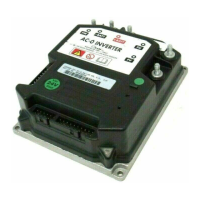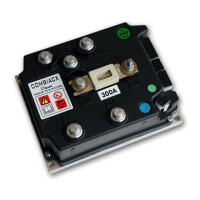What does POWERMOS SHORTED mean on Zapi Inverter and how can I fix it?
- Mmichelle64Sep 23, 2025
The POWERMOS SHORTED error on your Zapi Inverter means the DC-link voltage drops to zero when a high-side MOSFET is turned on. Check that motor phases are correctly connected and that there is no dispersion to ground for every motor phases. If the problem persists, replace the controller.





